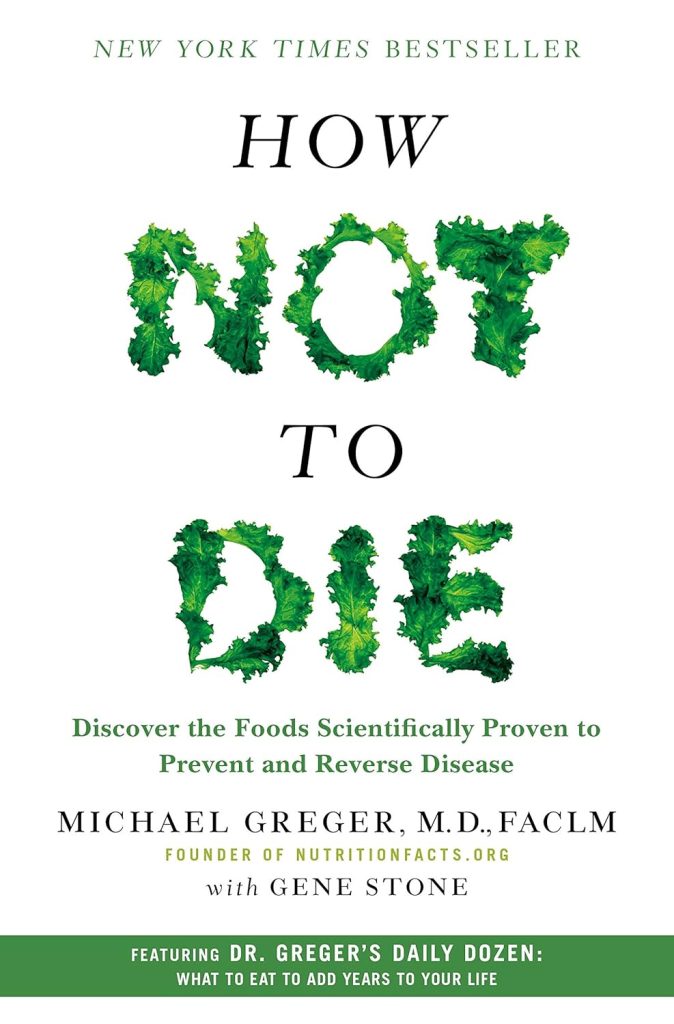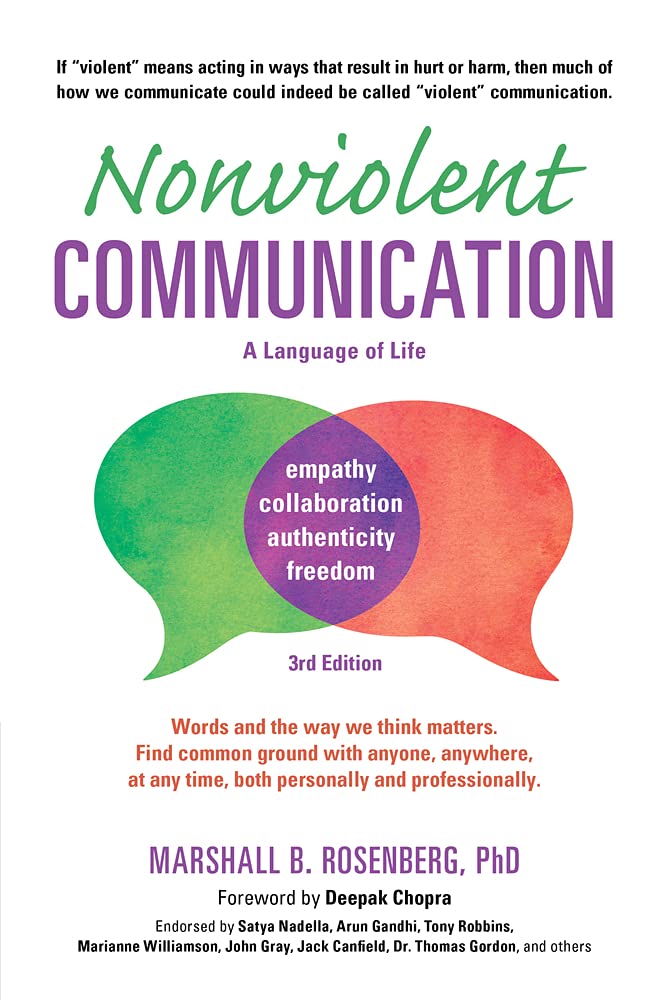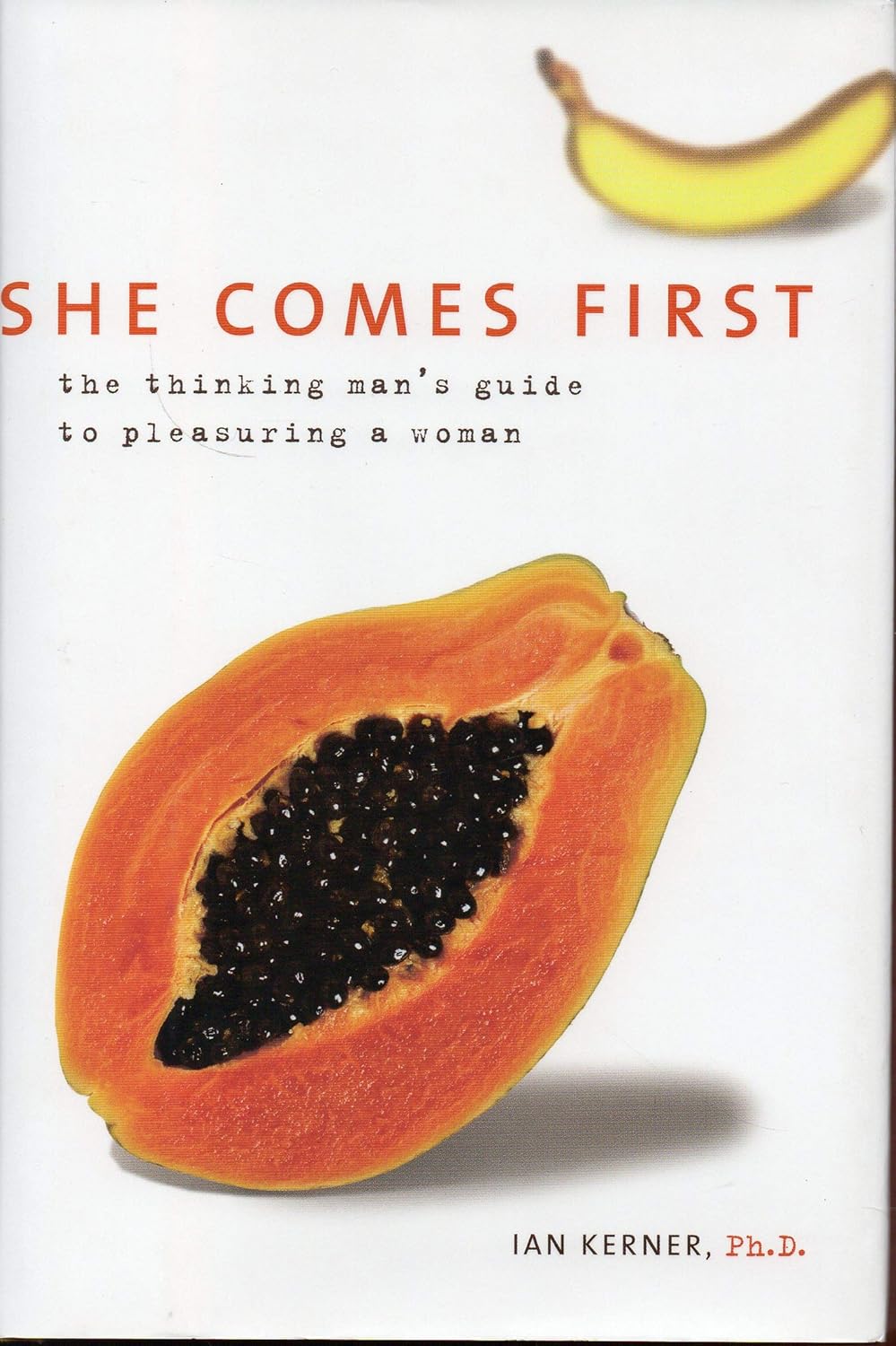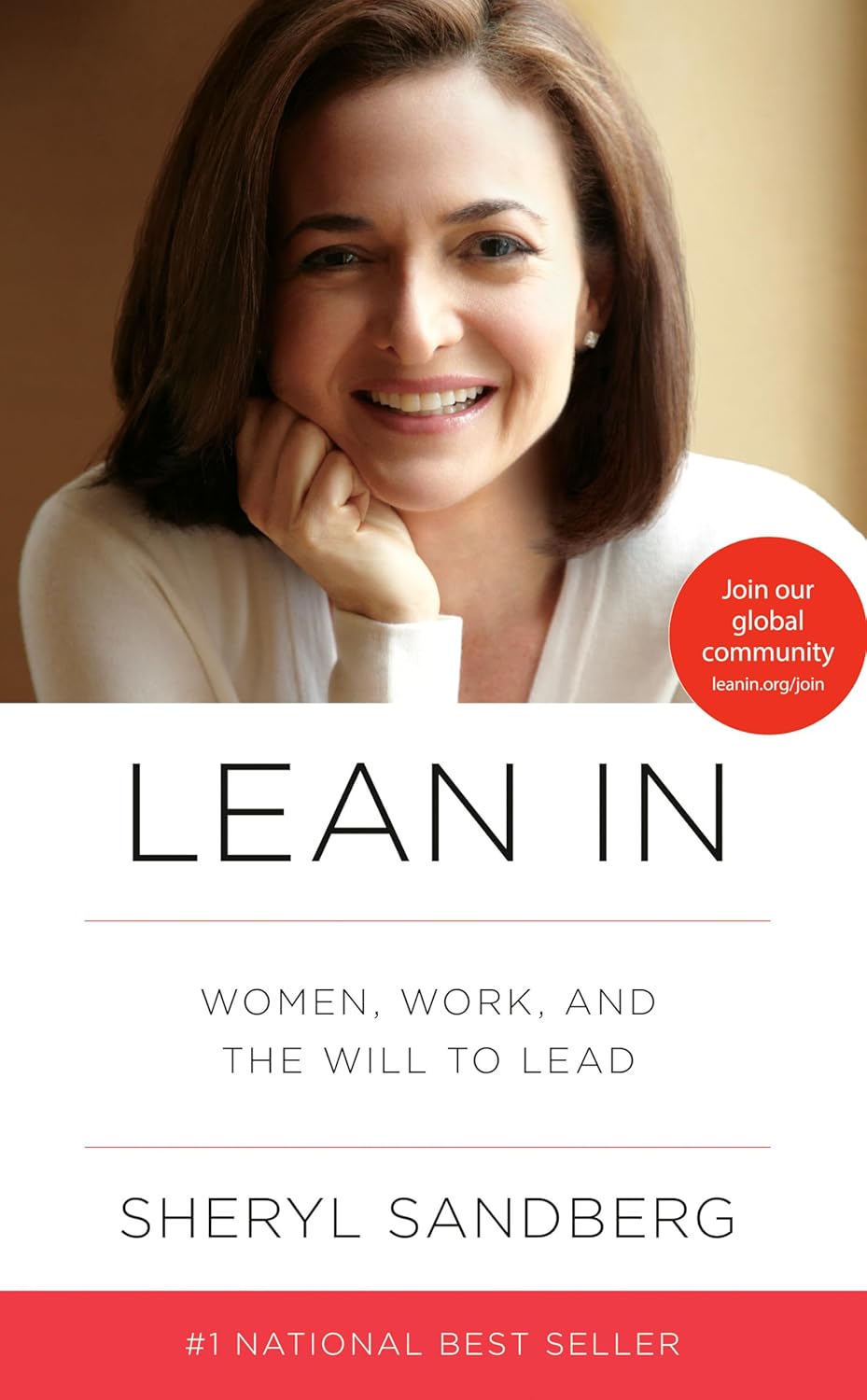
Buy The Book
Chapter
- ✦ CHAPTER ONE – SIMPLE PREPARATIONS
- ✦ CHAPTER TWO – BREAKFAST
- ✦ CHAPTER THREE – SNACKS, DIPS AND SPREADS
- ✦ CHAPTER FOUR – SOUPS AND CHILLIES
- ✦ CHAPTER FIVE – SALADS AND DRESSINGS
- ✦ CHAPTER SIX – BURGERS, WRAPS AND MORE
- ✦ CHAPTER SEVEN – VERY VEGGIE MAINS
- ✦ CHAPTER EIGHT – BEAN CUISINE
- ✦ CHAPTER NINE – GREAT GRAINS
- ✦ CHAPTER TEN – SIDES
- ✦ CHAPTER ELEVEN – SWEETS
- ✦ CHAPTER TWELVE – SIPS
How Not to Die: Discover the Foods Scientifically Proven to Prevent and Reverse Disease
About
“How Not to Die” is a nutrition guide by Dr. Michael Greger, founder of NutritionFacts.org. Based on scientific evidence, the book explores the fifteen leading causes of premature death in America and how a whole-food, plant-based diet can prevent and even reverse these diseases.
Dr. Greger advocates for maximizing the consumption of fruits, vegetables, legumes, whole grains, nuts, and seeds while minimizing meat, eggs, dairy, and processed foods. He introduces his “Daily Dozen,” a checklist of foods to incorporate into your daily diet. The book translates complex research into accessible recommendations, empowering readers to make informed dietary choices for optimal health and longevity, all while directing proceeds from his books, DVDs, and speaking engagements are donated to charity.

Spark
Learn
Review
✦ CHAPTER ONE – SIMPLE PREPARATIONS
This section focuses on building a foundation for healthy cooking. It begins with a series of foundational recipes designed to enhance flavor and minimize reliance on unhealthy additives. The goal is to establish building blocks for nutritious meals.
Almond milk, a dairy-free alternative, starts by combining raw almond butter and water. For those embracing the challenge of only Green Light ingredients, it can be prepared at home. Date syrup, a natural sweetener, uses pitted dates and lemon. We soften the dates in hot water before blending, store it in the refrigerator for up to 2-3 weeks.
Savory Spice Blend provides a salt-free seasoning option, incorporating nutritional yeast, onion powder, and various dried herbs. A spice grinder or blender is used to mix and pulverize the herbs. Nutty Parm uses almonds, Brazil nuts, and nutritional yeast, and provides a cheesy topping for various dishes.
Umami Sauce uses vegetable broth, garlic, ginger, and blackstrap molasses to create a flavorful sauce with reduced sodium. The steps involve heating the broth with aromatics before stirring in the remaining ingredients.
Roasted Garlic involves baking whole garlic heads until soft, offering a burst of flavor for recipes or a spread. For vegetable broth, you cook a combination of vegetables and herbs to create a base for salt-free cooking, you can buy salt-free vegetable broth or salt-free vegetable bouillon cubes, available in natural food stores or online.
Ranch Dressing offers a creamy, dairy-free dressing made with cashews, roasted garlic, almond milk, and various seasonings. The steps involve blending the ingredients until smooth.
Balsamic-Date Glaze combines dates, warm water, and balsamic vinegar, reduced to a thickened sauce for drizzling. Healthy Hot Sauce uses fresh hot chilies, onion, garlic, and apple cider vinegar to create a sodium-conscious condiment.
Harissa, a North African spice paste, is prepared using dried red chilies, spices, and roasted red peppers. These are processed until a smooth paste is formed, providing a flavorful base for various dishes.
✦ CHAPTER TWO – BREAKFAST
This section is all about jumpstarting the day with delicious and nutritious recipes that align with the “How Not to Die” principles. It’s about shifting away from processed breakfast foods and towards whole-food, plant-based options.
Recipes emphasize the Daily Dozen, incorporating ingredients like berries, flaxseeds, nuts, and whole grains. Recipes includes Almond Milk to replace cow’s milk and Date Syrup as a Green Light sweetener. I embrace the challenge of using only Green Light ingredients in all recipes.
Summertime Oatmeal is a refreshing option, made with rolled oats, chia seeds, flaxseeds, cinnamon, almond milk, and berries. The mix is refrigerated overnight for an effortless grab-and-go breakfast.
Superfood Breakfast Bites offer a quick and portable snack or post-workout fuel. Dates, nuts, dried fruits, sunflower seeds, chia seeds, and spices are pulsed together to create energy-packed bites.
French Toast with Berry Drizzle features a warm golden color from the turmeric and utilizes flaxseeds, almond milk, and spices. It offers a berry sauce made with fresh or thawed berries sweetened with date syrup.
Warm Pear Compote delivers a comforting dessert or topping for oatmeal, French toast, or pancakes, and combines pears, date sugar, lemon, raisins, vanilla, and spices. You can also use other ingredients like apples, peaches or plums instead of pears.
Chocolate Oatmeal brings a decadent twist with cocoa powder, cinnamon, figs, flaxseeds, pumpkin seeds, and a touch of Date Syrup. Various toppings can be added, such as berries, other fruits, chopped nuts, or swirls of almond butter or peanut butter.
Morning Grain Bowls incorporate leftover cooked grains, mashed cannellini beans, almond milk, flaxseeds, turmeric, berries, and banana, and provide a warm and satisfying start. You can also add some grated fresh ginger (optional).
Burrito Breakfast Bake combines red onion, bell pepper, spinach, spices, salsa, black beans, mashed sweet potato, coriander, and nutritional yeast, all wrapped in whole-grain tortillas and baked, and presents an original start to your day. You can also garnish it with diced avocado and chopped jalapeño (optional).
Frying Pan Sweet Potato Hash combines sweet potato, cauliflower, red onion, bell pepper, mushrooms, and black beans, seasoned with Savory Spice Blend and Umami Sauce, and creates a savory and satisfying hash, and presents a healthy start to your day. You can also add Healthy Hot Sauce when serving.
The goal is to offer recipes that not only taste good but also contribute to long-term health and well-being.
✦ CHAPTER THREE – SNACKS, DIPS AND SPREADS
This chapter aims to revolutionize snacking habits, shifting away from unhealthy processed options towards nutrient-rich, whole-plant-based alternatives. The recipes showcase creating flavorful and healthful dips and spreads to significantly boost daily nutrient intake.
One featured recipe is Artichoke-Spinach Dip, a warm, comforting option remarkably high in antioxidants from the artichokes. Lemony Hummus is another highlight, versatile for raw vegetables and easily customizable. The flavors can be altered by swapping chickpeas with black or white beans, parsley with coriander or dill, and lemon with lime. It also shows how to make Three-Seed Crackers for a homemade, nutrient-packed alternative to store-bought crackers, with customizable seasonings.
For bean dip lovers, the chapter presents Pumpkin Seed Dip, rich in zinc, which is especially important for men. Black-Eyed Peas & Roasted Red Pepper Dip highlights the wonderful nutrition of black-eyed peas. The recipe can be customized for different tastes.
A creative twist on a classic is Edamame Guacamole, a spin on traditional guacamole with great taste. It recommends skipping the usual tortilla chips and using raw vegetables like carrots or peppers, or steamed asparagus, as dippers.
The goal is to provide varied recipes that are not only delicious but also significantly contribute to meeting daily nutritional needs. The author wants to change how people snack, making it nutritious, healthy, and delicious.
While the recipes offer great options, the book reminds readers that the best snack often remains simple fruit. Abundant, inexpensive, and healthy, fruit satisfies hunger and is a quick, easy, and perfectly packaged snack. The core message is to make thoughtful, plant-based choices, even with snacks, to contribute to overall health and well-being.
✦ CHAPTER FOUR – SOUPS AND CHILLIES
Soups and chillies offer versatile ways to pack in nutrients. These recipes emphasize plant-based ingredients, minimize sodium, and provide comforting, flavorful meals.
The first recipe is Kale & White Bean Soup. I can’t seem to get enough kale, so I can also try to substitute a different variety of greens in this recipe. This nutritious soup features vegetable broth as a base and is loaded with red onion, garlic, sweet potato, and cannellini beans. I enhance the flavor with miso paste, nutritional yeast, and various herbs. This can be the best choice for those green fans.
Miso Soup with Spinach & Dulse is another highlight. A good gateway plant to the world of sea vegetables, and I used to get regular doses of iodine from the Eden brand beans I favored, as the company tins its beans with a bit of seaweed called kombu.
Spicy Asian Vegetable Soup delivers a flavorful broth-based option, the soup is packed with lemongrass, ginger, shiitake mushrooms, bok choy, and carrot. Lime juice and hot sauce add a zesty kick. For an even heartier version, add cooked 100% buckwheat noodles or brown, black or red rice just before serving.
Vegetable & Red Bean Gumbo offers a hearty, Southern-inspired stew, based on Vegetable Broth, Gumbo also including onion, green pepper, celery, tomatoes, okra, courgette, and red beans. Thyme, marjoram, and smoked paprika contribute to its rich flavor.
Black Bean Soup with Quinoa & Kale. Another choice is Quinoa, a relatively new addition to my diet. The black beans are combined with quinoa, diced tomatoes, and red kale, seasoned with spices, and a little salt-free water and it is so nice.
Curried Cauliflower Soup provides a creamy, comforting option, that is also one of two great exceptions to the white foods rule. The cauliflower is blended with broth, onion, garlic, ginger, curry powder, and lemon juice. Topped with plum tomatoes, that makes the whole.
Summer Garden Gazpacho offers a refreshing chilled soup, blending tomatoes, red pepper, cucumber, yellow pepper, garlic, and a vegetable juice blend. The addition of cannellini beans and lemon juice boosts nutrition and flavor.
Moroccan Lentil Soup combines lentils, diced tomatoes, and vegetable broth. A blend of spices like coriander, cumin, cinnamon, and turmeric creates an aromatic, warming soup.
Three-Bean Chilli delivers a hearty, flavorful chili, combining kidney beans and black beans with mushrooms, diced tomatoes, and lentils. Chilli powder, Umami Sauce, and turmeric deepen the flavor profile.
Champion Vegetable Chilli, offers a robust chilli option, features pinto beans, corn, and diced tomatoes. Chilli powder and turmeric provide warmth and depth.
I aim to show how soups and chillies can be nutrient-dense, easy-to-prepare meals that contribute to overall health and well-being. The goal is to provide tasty options that align with the “How Not to Die” principles, emphasizing whole, plant-based foods and minimizing harmful additives.
✦ CHAPTER FIVE – SALADS AND DRESSINGS
This section provides a range of recipes with the primary focus on delivering maximum nutrition and flavor in the form of salads and dressings. I shift the focus away from traditional, often unhealthy, salad preparations and present whole-food, plant-based alternatives. It’s about making salads exciting, satisfying, and a cornerstone of a healthy diet.
Golden Quinoa Tabbouleh incorporates turmeric for added health benefits. Kale Salad with Avocado Goddess Dressing combines baked beetroots, chopped kale, black beans and walnuts for a nutritious meal, and the tip is to enjoy Avocado Goddess Dressing over roasted sweet potatoes and steamed cauliflower.
Black Bean Gazpacho Salad brings the chilled soup to life with fresh vegetables and Healthy Hot Sauce. It’s a reminder of the growing importance of microbiome research, so eat more legumes.
Sesame Red Cabbage & Carrot Slaw provides a vibrant slaw that is also a change from the mayonnaise-smothered coleslaw. It features red cabbage, carrots, mange tout and red grapes. Cabbage helps destroy DNA-damaging free radicals in the body.
Chopped Vegetable Salad is flexible for you to cater to whatever you enjoy. Also, make a DYI Salad Bar for a personal salad whenever you want.
Mango-Avocado-Kale Salad with Ginger-Sesame Orange Dressing combines fruits, vegetables, nuts and herbs for taste and texture. If you can’t find a mango, try with papaya instead.
Super Salad with Garlic Caesar Dressing & Hemp Hearts offers a perfect entree and to add bite-sized dices of steamed or sauteed tempeh. Pistachio-Spinach Salad with Strawberry Balsamic Dressing presents a unique salad that is incredibly easy to make, and you can substitute frozen berries. The key is to have half of the freezer with berries and greens.
The goal is to make salad preparations that are both delectable and support overall wellness.
✦ CHAPTER SIX – BURGERS, WRAPS AND MORE
This chapter provides healthier versions of traditional comfort foods by utilizing whole, plant-based ingredients. The goal is to enjoy satisfying meals without sacrificing nutritional value.
Black Bean Burgers offer a protein-rich alternative to beef burgers, combining oats, walnuts, black beans, and various spices. The recipe emphasizes baking the burgers instead of frying, reducing added fats. I mention that these burgers freeze well, so consider making a double batch.
Sloppy Jacks use jackfruit, a versatile fruit with a texture similar to pulled pork. The jackfruit is seasoned with nutritional yeast, smoked paprika, and chili powder, then simmered in a salt-free passata sauce. Serve on whole-grain bread.
Curried Chickpea Wraps feature a flavorful chickpea filling seasoned with curry powder, lemon, and a touch of sweetness from date sugar. The filling is combined with celery, carrot, cashews, raisins, and apple, then wrapped in whole-grain tortillas with shredded lettuce. This recipe can be versatile as a lettuce wrap or a cracker dip.
Spinach & Mushroom Black Bean Burritos combine black beans, spinach, mushrooms, and rice seasoned with chili powder, cumin, and other spices. The filling is rolled into whole-wheat tortillas and baked. Try adding some salsa or a dollop of cashew cream.
By focusing on ingredients like beans, whole grains, and vegetables, these recipes aim to transform familiar dishes into nutrient-packed meals. The chapter strives to prove that healthy eating can be both delicious and satisfying, offering options that align with the “How Not to Die” principles. Remember to pair with the Daily Dozen side dishes.
✦ CHAPTER SEVEN – VERY VEGGIE MAINS
This section showcases the versatility and deliciousness of plant-based cuisine, highlighting that main courses don’t need meat to be satisfying and flavorful. It encourages a shift in thinking, moving vegetables from the side to the center of the plate. The recipes offer diverse flavors and textures, proving that veggie mains can be exciting and filling.
Lemon-Garlic Pasta with Spring Vegetables features spring vegetables such as asparagus and peas. The dish offers a lemon-garlic sauce with whole-grain pasta, emphasizing fresh, seasonal flavors. A generous sprinkle of Nutty Parm completes the dish.
Stuffed Sweet Potatoes with Balsamic-Date Glaze showcases how a simple sweet potato can be elevated into a sophisticated meal. This recipes shows you how the dish is stuffed with a hearty filling and drizzled with a homemade glaze to create a balance of sweet and savory.
Mushroom Stroganoff offers a plant-based twist on a classic comfort food, which used sliced mushrooms cooked in a creamy sauce, typically made with sour cream, but this version is dairy-free. Served over whole-grain noodles, it offers a satisfying and familiar meal with a healthy spin.
Spaghetti Squash with Tomato Sauce demonstrates a low-carb alternative to traditional pasta dishes, with the naturally stringy flesh of spaghetti squash. Using the tomato-garlic sauce and incorporating mushrooms create a simple, yet nutritious meal. You can combine the spaghetti squash with a tomato-garlic sauce and mushrooms for a simple, yet nutritious meal.
Lemony Kale & Broccoli with Lentils demonstrates the dish blends the vibrant flavors of lemon and garlic with the hearty textures of kale, broccoli, and lentils. A combination of vegetables, healthy greens and the rich flavors are cooked together. This is a great dish and a delicious, healthful flavor.
Roasted Vegetable Medley provides endless variations. By using a variety of seasonal vegetables, herbs, and spices to offer flexibility and customization.
✦ CHAPTER EIGHT – BEAN CUISINE
This section shows how beans can be so much more than a basic side. They’re nutritional superstars that shine in all sorts of dishes. They are celebrated for their high protein and fiber content. The section aims to change your mind about beans with main dishes such as burgers and loaves.
The first recipe is Pinto Bean Burgers that uses Savory Spice Blend, Umami Sauce, and spices for a flavor. These burgers can be customized, and served with sides of your choice, like salad, fries, or corn. I can assure you that these burgers are appropriate for all tastes and healthy.
Next, we make Lentil Loaf, where red or brown lentils can be substituted for green ones. Just remember that cooking times may change depending on your lentil choice, so be sure to test the lentil loaf to make sure they are cooked all the way through. For a gluten-free option, use gluten-free breadcrumbs or oat flour.
I think you will be surprised by the next dish. The Black-Eyed Pea Fritters uses Black-eyed peas may not be a first thought when thinking of fritters, but they add a delicious, wholesome taste.
The section also includes White Bean Cassoulet that can be served in Spring or Autumn with a side dish. The topping can be adjusted for different dietary requirement.
The purpose of this section is to showcase how versatile and delicious beans can be, pushing the boundaries of bean-based cooking to create meals that are both satisfying and healthful. I hope this is helpful, and happy cooking!
✦ CHAPTER NINE – GREAT GRAINS
This section highlights the value of whole grains, emphasizing that they are not just a simple carbohydrate but a source of fiber and nutrients. It guides you through a variety of recipes showcasing how to incorporate these grains into delicious meals. The focus is on moving away from refined grains to embrace the health benefits of whole, unprocessed options.
Recipes include various grains and ingredients to promote heart health and stabilize blood sugar levels. A recipe is for Quinoa, as well as how to cook rice and other whole grains as versatile bases for breakfast and even more.
One important aspect is the emphasis on diversifying your grain intake. The recipe encourages you to change to Brown Rice or Buckwheat Noodles. I can not find these ingredients easy, but these whole foods is the best choice for you.
Instead of simply recommending whole grains, emphasis is placed on how to prepare and serve them in tasty and satisfying ways. The focus is always on maximizing nutrient density and utilizing readily available ingredients.
I also added advice to always choose for the colorful variety of veggies and grains, such as red rice or black rice instead of white rice. Color is important when consuming whole plant foods.
Overall, it is all about getting people eating healthy and colorful grains, because it is something delicious to eat and good for your health and not like other things that makes you sick or have to go the doctor. You can just eat these grains and feel super.
✦ CHAPTER TEN – SIDES
This section features recipes designed to add flavor, texture, and vital nutrients to any meal. It emphasizes simple preparations that complement main courses while adhering to whole-food, plant-based principles. The goal is to avoid processed ingredients and instead highlight the natural flavors of vegetables, grains, and spices.
The first recipe will be Barbecue Beans, with a burst of barbecue flavor to your creation.
There are more choices for roasted and boiled vegetables, which highlight the pure, untainted essence of vegetables. Roasted vegetables can be made with Brussels Sprouts and Carrots. Then you can boil your Brussels sprouts with a bit more flavor for Maple-Roasted Brussels Sprouts. As a more simple choice, you can boil a whole pack of beets, which may be served warm or cold. You can add balsamic vinegar to add more flavor.
I also love the recipes that use mashed sweet potatoes, a creamy, healthful side with cinnamon and nutmeg with a simple step.
Last but not least, my favourite recipe is Quinoa Pilaf, a nutrient-dense, tasty addition to any meal. Quinoa can be cooked in vegetable broth with herbs and spices, which results in a flavorful side dish. Serve warm to enjoy. It can be added to most dishes, with beans, salad, or snacks.
The recipes in this chapter are designed to be versatile and adaptable. Feel free to customize them to your liking, using different vegetables, grains, or spices. Experiment and explore to find your favorite combinations! The key is to make these healthy sides a regular part of your diet.
✦ CHAPTER ELEVEN – SWEETS
This section is dedicated to demonstrating that desserts can be both delicious and health-promoting, challenging the common perception of sweets as inherently unhealthy. The emphasis is on using whole, unprocessed plant foods to create satisfying treats that align with the “How Not to Die” philosophy. Refined sugars, excessive fats, and artificial additives are avoided. It will present alternative healthy ingredients, providing dessert-lovers with options for creating healthful and delicious meals.
Recipes focus on fruits, dates, and spices to provide natural sweetness and complex flavors. The author aims to provide ways to enjoy desserts without guilt, which can be achieved with the ingredients used.
The first recipe will be Very Berry Crisp, which consists of a berry filling topped with a crunchy oat topping. Use this as a dessert, snack, or even a guilt-free start to your day! This is easy to prepare. The recipe contains ingredients from the Daily Dozen checklist, such as berries. If you feel creative, try to use other fruits instead!
Next, the book mentions how to prepare Spiced Pear Crumble. This crumble is naturally sweet from the pears and date sugar, and spiced with cinnamon, ginger, and nutmeg. A healthy twist on traditional crumble that’s full of flavour. By using ingredients from the Green Light, the crumble can be enjoyed without feeling guilt after each bite.
Then, Chocolate Chia Seed Pudding is another recipe that will change your view on dessert. This recipe will be simple to make by mixing chia seeds with cocoa powder. The author loves this recipe. The chia seeds soak in almond milk overnight. You can add your favourite fruits for garnishing.
Lastly, there will be Very Vanilla Pudding. It is rich in vanilla bean and has a smooth texture. You can eat this with some berries to increase the flavor, or enjoy this on its own. This dish is easy to tweak to match your diet requirement.
These recipes showcase how to create desserts that not only satisfy cravings but also contribute to overall well-being. The aim is to show you don’t have to sacrifice enjoyment for health. The section is proof that a plant-based diet doesn’t mean giving up sweet treats, but rather reimagining them.
✦ CHAPTER TWELVE – SIPS
This section underscores the importance of staying adequately hydrated. Then, it presents various beverage recipes that prioritize health and nutrition, encouraging readers to explore alternatives to sugary drinks and artificially flavored beverages. The recipes are created using clean ingredients from the Daily Dozen list.
The section begins with reinforcing the fundamental necessity of water. This provides a pathway to better hydration habits. As an example, herbal teas and infused waters are encouraged to support health.
One of the simplest recipes highlighted is Orange Green Tea, which involves brewing green tea and adding orange slices for a natural boost. Another option is Redbush Tea Latte. These beverages also contain health benefits from tea. It is also an amazing idea to drink it every day.
It also shows how to make Ginger Lemon Tea, using ginger and lemon. The combination also brings people a sensation of healthiness because of the ingredients. This beverage will be simple to tweak to your liking. The choice can also be tweaked to make the product match your diet requirements.
The author wants readers to drink diverse beverages. If you want to change it up, then this is a section you cannot miss! You will learn how to drink properly by going through the recipes. The recipe itself is very adjustable because it teaches you how to pick the flavors you want. It provides lots of information about healthy options. In this way, consumers can know that they are drinking beverages that would affect their health well.
There is also a detailed explanation of different herbs that can be added to beverages. In other words, they explain the health benefits that can be given from different sips! These guides are also really helpful for you if you are on the run and want to make a smoothie, which is why this section is something you should keep in mind.
For People
– Health-conscious individuals
– Individuals with chronic diseases
– Those interested in plant-based diets
– People seeking evidence-based nutrition advice
– Individuals looking for preventative health strategies
Learn to
– Disease prevention
– Informed dietary choices
– Improved overall health
– Increased longevity
– Weight management










